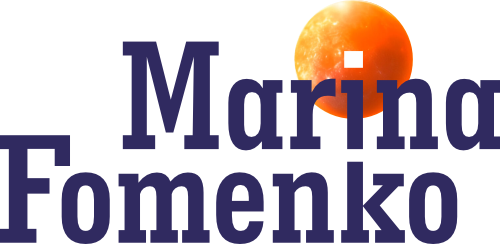Milk Burden
Eight-channell video installation, mixed media, 2018-2019
06…9–06.10.2019 — CCI Fabrica, Marina Fomenko solo show Milk Burden
A cattle farm in Altai Krai, Russia, exemplary once, and now slowly slipping into decline. Rebellions are foreign to this animal farm. It is home for cows who give milk. Their whole life is spent between the cowshed and the breeding stalls, dedicated to making a healthy product. Each day they’re waiting for a dairymaid to come and relieve them of the burden of milk.
A multi-channel video installation immerses the viewer into one day in the life of the farm: morning milking, evening milking, breeding stalls, farm dairy. Dairy workers arrive before daybreak. The space inhabited by cows is invaded by people, combining animals and machines, creating cow hybrids with mechanical udders. Here we are reminded that cowshed residents are ‘animal machines’[1] in the anthropocentric world. In the evening, dairy workers return for another milking session. The milk is transported to the farm dairy and leaves the facility soon after. Day and night, in the stalls, calves are born, thus, temporarily returning cows to their natural lives.
A cattle farm in Altai Krai, Russia, exemplary once, and now slowly slipping into decline. Rebellions are foreign to this animal farm. It is home for cows who give milk. Their whole life is spent between the cowshed and the breeding stalls, dedicated to making a healthy product. Each day they’re waiting for a dairymaid to come and relieve them of the burden of milk.
A multi-channel video installation immerses the viewer into one day in the life of the farm: morning milking, evening milking, breeding stalls, farm dairy. Dairy workers arrive before daybreak. The space inhabited by cows is invaded by people, combining animals and machines, creating cow hybrids with mechanical udders. Here we are reminded that cowshed residents are ‘animal machines’[1] in the anthropocentric world. In the evening, dairy workers return for another milking session. The milk is transported to the farm dairy and leaves the facility soon after. Day and night, in the stalls, calves are born, thus, temporarily returning cows to their natural lives.


One farmer told me that on some farms, cows have merry eyes, and they look sad on other farms. This is the farm of cows with sad eyes. They are crowded together, in dirt, spending their lives in barns, tied to one place. They bring life to calves that are taken away from their mothers immediately after birth. A handful of women perform backbreaking and low-paying work to maintain the cowshed. I wanted to show the life on this farm, but it could be worse...
«Farming is competitive, and the methods adopted are those that cut costs and increase production. So farming is now ‘factory farming’. Animals are treated like machines that convert low-priced fodder into high-priced flesh, and any innovation will be used if it results in a cheaper ‘conversion ratio’.» — Animal Liberation by Peter Singer
When it comes to our using animals, moral aspect is not the only thing to be concerned about. The issue of preserving the ecosystem is a close second, since largescale development of cattle breeding leads to serious environmental problems: from greenhouse gases emitted by cattle in the amounts, significantly exceeding emission levels of all the transport on the planet, to cutting down rainforest for grazing lands.
[1] Harrison, Ruth, «Animal Machines»
Thanks to Alexey Savarinsky, Alexey Toropchin, Ksenia Bogdanovich, Lidia Chudnova, Tatyana Popova, Valentina Kryuchkova, Vasily Kistanov, Vitaly Patsyukov, Vladimir Kireev, Zoya Nikolaenko, Zoya Puchkova.
Music: Vladimir Tarasov, ATTO I, Frederic Chopin, Waltz in F major, Op 34 No 3, performer Olga Gurevich (https://creativecommons.org/licenses/by-nc-nd/3.0/us/ www.freemusicarchive.org ), Daniel Barbiro Fifteen miniatures for a prepared double bass (License CC BY-NC-ND 3.0 US https://creativecommons.org/licenses/by-nc-nd/3.0/us/ www.freemusicarchive.org)
Songs are performed by Zoya Nikolaenko, Zoya Puchkova and Valentina Kryuchkova.
«Farming is competitive, and the methods adopted are those that cut costs and increase production. So farming is now ‘factory farming’. Animals are treated like machines that convert low-priced fodder into high-priced flesh, and any innovation will be used if it results in a cheaper ‘conversion ratio’.» — Animal Liberation by Peter Singer
When it comes to our using animals, moral aspect is not the only thing to be concerned about. The issue of preserving the ecosystem is a close second, since largescale development of cattle breeding leads to serious environmental problems: from greenhouse gases emitted by cattle in the amounts, significantly exceeding emission levels of all the transport on the planet, to cutting down rainforest for grazing lands.
[1] Harrison, Ruth, «Animal Machines»
Thanks to Alexey Savarinsky, Alexey Toropchin, Ksenia Bogdanovich, Lidia Chudnova, Tatyana Popova, Valentina Kryuchkova, Vasily Kistanov, Vitaly Patsyukov, Vladimir Kireev, Zoya Nikolaenko, Zoya Puchkova.
Music: Vladimir Tarasov, ATTO I, Frederic Chopin, Waltz in F major, Op 34 No 3, performer Olga Gurevich (https://creativecommons.org/licenses/by-nc-nd/3.0/us/ www.freemusicarchive.org ), Daniel Barbiro Fifteen miniatures for a prepared double bass (License CC BY-NC-ND 3.0 US https://creativecommons.org/licenses/by-nc-nd/3.0/us/ www.freemusicarchive.org)
Songs are performed by Zoya Nikolaenko, Zoya Puchkova and Valentina Kryuchkova.
